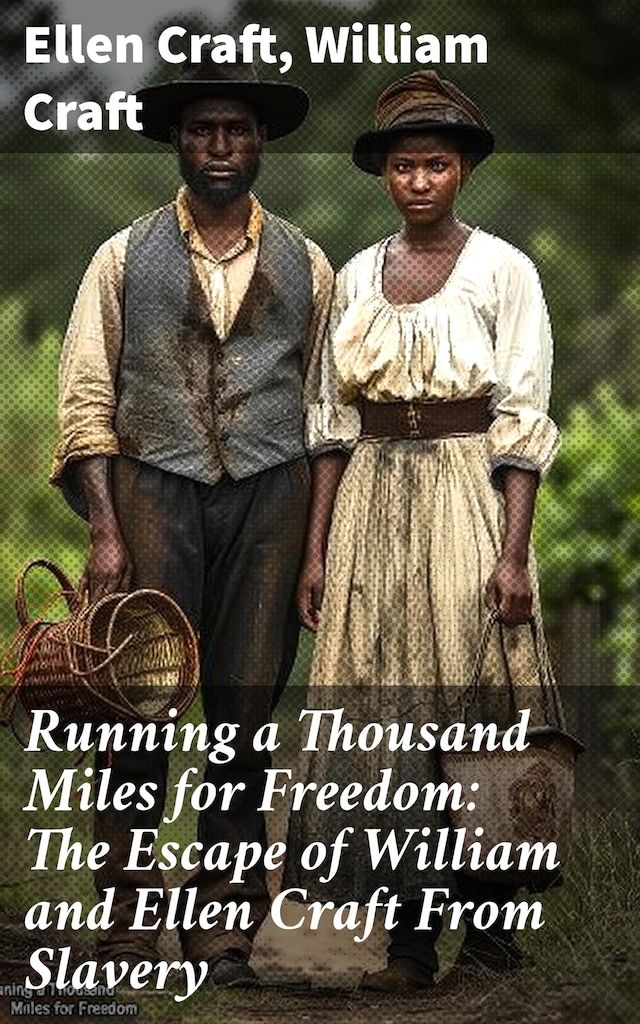
Running a Thousand Miles for Freedom: The Escape of William and Ellen Craft From Slavery
A Tale of Resilience and Escape: Unveiling the Craft Duo's Journey to Freedom

